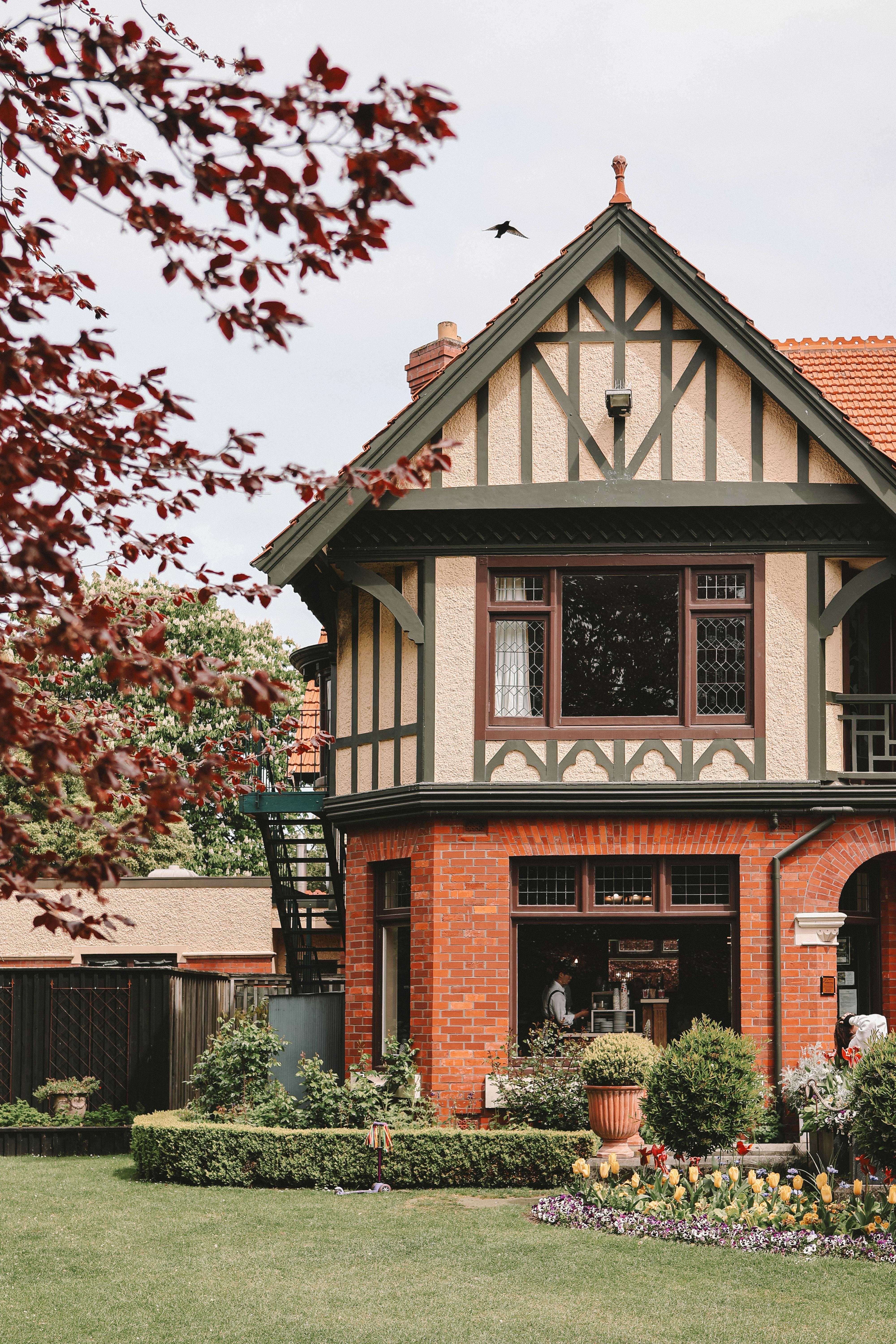Best 5 Bedding Options for Guinea Pigs: Essential Choices for Happy Pets in 2025
Choosing the right guinea pig bedding is crucial for the well-being of your furry friends. The right bedding not only enhances their habitat but also ensures they are comfortable, healthy, and happy. With many options available in 2025, we’ve rounded up the best five bedding options that combine safety, comfort, and affordability for your guinea pigs.
Top Guinea Pig Bedding Options
When it comes to guinea pig bedding options, a few standout materials meet both safety and comfort needs. Let's delve into the best choices, considering factors like absorbency, comfort, and ease of maintenance.
1. Fleece Bedding for Guinea Pigs
Fleece bedding is a popular choice among guinea pig owners due to its softness and comfort. This eco-friendly bedding for guinea pigs can be easily washed and reused, making it a cost-effective solution over time. Fleece provides excellent moisture retention, keeping your pet’s cage dry and clean. For best results, it’s recommended to include an absorbent layer underneath to enhance the moisture-wicking capabilities. Regular cleaning is important to maintain hygiene, but with proper care, fleece bedding can become an ideal choice for creating a cozy habitat.
2. Aspen Bedding for Guinea Pigs
Aspen bedding is another popular option that balances affordable guinea pig bedding with natural material benefits. It is safe, comfortable, and biodegradable, ensuring a pleasant environment for your pets. Unlike cedar or pine shavings, aspen doesn’t emit harmful phenols, making it a healthier option for long-term use. Aspen shavings are highly absorbent and can help control odors effectively. When selecting aspen bedding, look for shavings that are finely cut to ensure comfort and prevent injury to your pets’ sensitive feet. Regular changing of bedding is essential to keep the environment hygienic.
3. Paper Bedding for Guinea Pigs
Paper bedding, such as Carefresh and other similar brands, offers a great alternative that is both soft and absorbent. This hygienic bedding for guinea pigs is made from recycled paper products, making it an eco-conscious choice. It’s highly absorbent, which helps in managing moisture and controlling odors. Additionally, paper bedding is typically dust-free, reducing the risk of respiratory issues in sensitive pets. The soft texture provides a comfortable area for guinea pigs to nest, promoting a feeling of security in their habitat.
4. Natural Bedding for Guinea Pigs
Natural bedding options, such as coconut husk or hay-based bedding, are becoming quite popular. These materials are typically chemical-free and provide an affectionate environment for your guinea pigs. Natural bedding materials for guinea pigs allow for nesting and instill a sense of comfort and security. They often help control odors naturally and can absorb moisture effectively, ensuring dry living conditions for your pets. When using natural bedding, ensure that the materials do not produce dust or cause allergies, promoting a safe environment for your pets.
5. Biodegradable Bedding for Guinea Pigs
In today's environmentally conscious society, opting for biodegradable bedding is a thoughtful choice. These bedding materials break down over time and contribute to a healthier planet. Options such as hemp bedding and organic paper bedding fall into this category. Biodegradable bedding for guinea pigs combines performance and environmental responsibility. They're not only absorbent but also comfortable, ensuring that your guinea pigs have a cozy space to rest. Regular changes are key to maintaining a clean environment, and the biodegradable aspect allows for easy composting of waste.
Factors to Consider When Choosing Bedding
When selecting the best bedding for guinea pigs, several factors should guide your choice. These include safety, absorbency, dust levels, and cost. Let’s explore these critical factors.
Safety and Health Considerations
Safety is paramount; therefore, safe bedding for guinea pigs should be the top priority. Many wood shavings can be harmful due to their oils and chemicals. Bedding options like aspen, fleece, and paper minimize health risks. Always avoid cedar and pine shavings as they can lead to respiratory issues in guinea pigs. Keeping an eye on your pets for any signs of discomfort or allergy will help determine which type works best for their needs.
Comfort and Softness
The comfort of your guinea pig is essential for their happiness. Consider soft bedding for guinea pigs that they can burrow into and feel secure. Fleece and paper bedding both offer a plush surface for your pets. With comfort-focused materials, guinea pigs can exhibit more natural behaviors, reducing stress and promoting a better overall quality of life.
Absorbency and Odor Control
A bedding’s absorbency is also crucial in maintaining a clean and odor-free environment. Look for absorbent bedding for guinea pigs like Carefresh or fleece with an absorbent layer beneath. This can help control moisture effectively, reducing the risk of bacterial growth. A bedding material that keeps the cage relatively dry will minimize the frequency of cleaning required and improve the air quality within your guinea pig's habitat.
Caring for Guinea Pig Bedding
Maintaining clean bedding is essential for optimal guinea pig health. Understanding the proper care and changing frequency is vital for pet owners.
Bedding Changes for Guinea Pigs
Regularly changing out the bedding is essential to prevent odors and maintain hygiene in your guinea pig's habitat. As a general rule, you should aim to change fleece bedding every 3-7 days, depending on the number of pets and humidity levels. For wood and paper bedding, changing should occur about once a week or as soon as it shows signs of soiling. Observing the bedding’s condition will help you fine-tune your cleaning schedule, ensuring a clean habitat.
Hygienic Bedding Practices
To ensure the bedding stays fresh and clean longer, certain bedding maintenance tips can be helpful. Spot-clean daily by removing soiled bedding, and always ensure water and food are positioned away from the bedding area to minimize moisture. A good practice is to use a litter box with absorbent bedding for potty training, which can help reduce cleanup time and improve overall hygiene.
Homemade Bedding Solutions
Many pet owners seek to create homemade guinea pig bedding to save costs or provide a more personalized environment. Options like shredded newspaper or paper towels can make an excellent temporary solution. Ensure that any homemade bedding is safe, clean, and free from dyes or harmful chemicals. Homemade solutions can help cultivate a special bond with your pets by implementing creativity in their care.
Conclusion
Choosing the right guinea pig bedding is an essential aspect of guinea pig care and happiness. The five options we outlined—fleece, aspen, paper, natural, and biodegradable bedding—each offer unique benefits that can enhance your pet’s living conditions. Consider your guinea pigs' comfort and health when selecting a bedding type to ensure their home is a happy and healthy one.
FAQ
1. What is the most absorbent bedding for guinea pigs?
When considering overall absorbency, many pet owners find that paper bedding, such as Carefresh, excels in moisture retention. It keeps the cage dry and helps control odors effectively, promoting a healthy living environment for your guinea pigs. Fleece bedding, with proper layering, can also provide excellent absorbency with consistent maintenance.
2. Can I use regular wood shavings for my guinea pigs?
It is generally advised to avoid regular wood shavings like cedar and pine for guinea pigs as they can contain harmful oils that might result in respiratory issues. Alternatives like aspen shavings are safe and absorbent, making them a better option compared to regular shavings.
3. How often should I change my guinea pig's bedding?
The usual recommendation is to change bedding for guinea pigs once a week; however, if you notice strong odors or soiling, you may need to clean more frequently. Spot cleaning daily can also help in maintaining a hygienic environment.
4. Is fleece bedding hard to clean?
Fleece bedding requires washing in water, and it's important to dry thoroughly to prevent mildew. With a proper cleaning routine, fleece bedding can be very durable and economical as it can be reused for many weeks.
5. What should I avoid when choosing bedding for my guinea pigs?
Avoid bedding with strong odors, chemicals, or high dust levels, as these can harm your guinea pigs' respiratory health. Always opt for safe options specifically designed for small animals to ensure a comfortable and healthy habitat for your furry friends.


